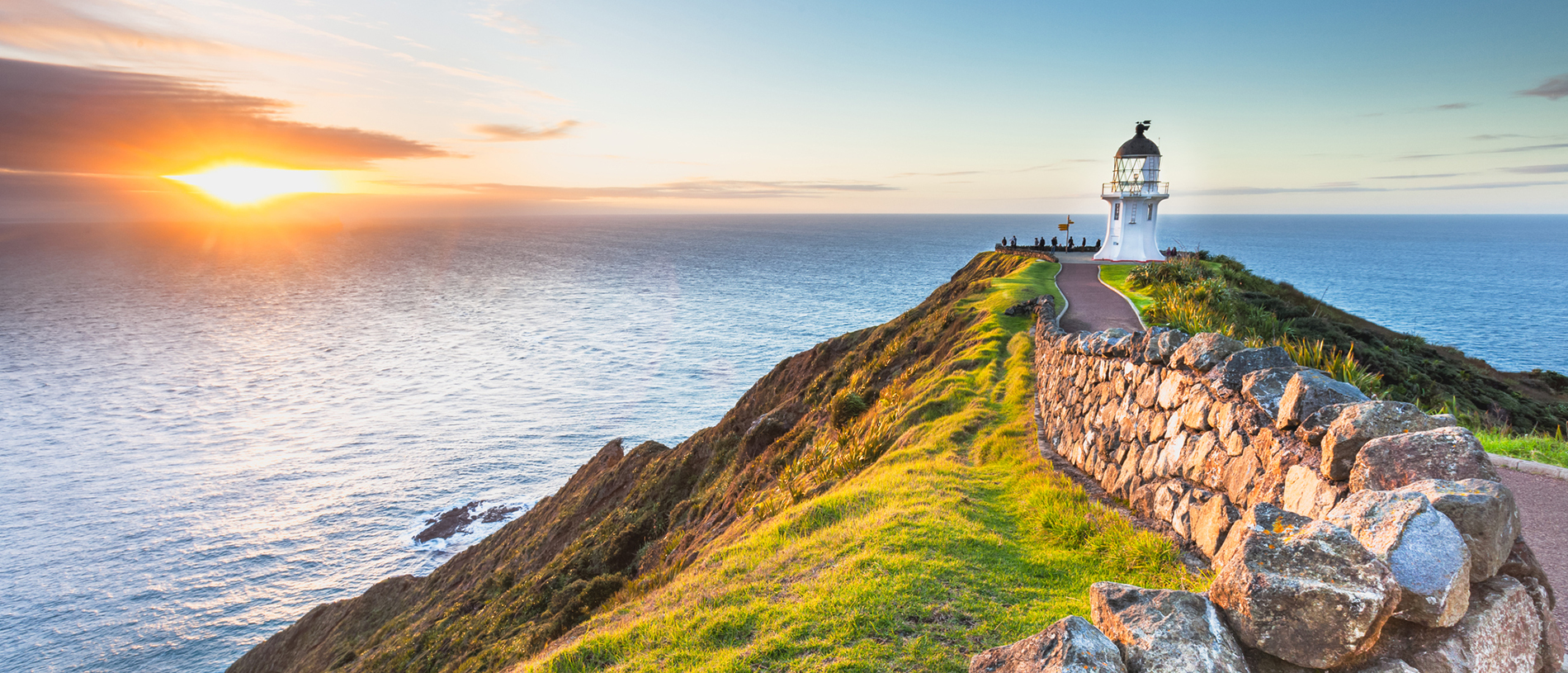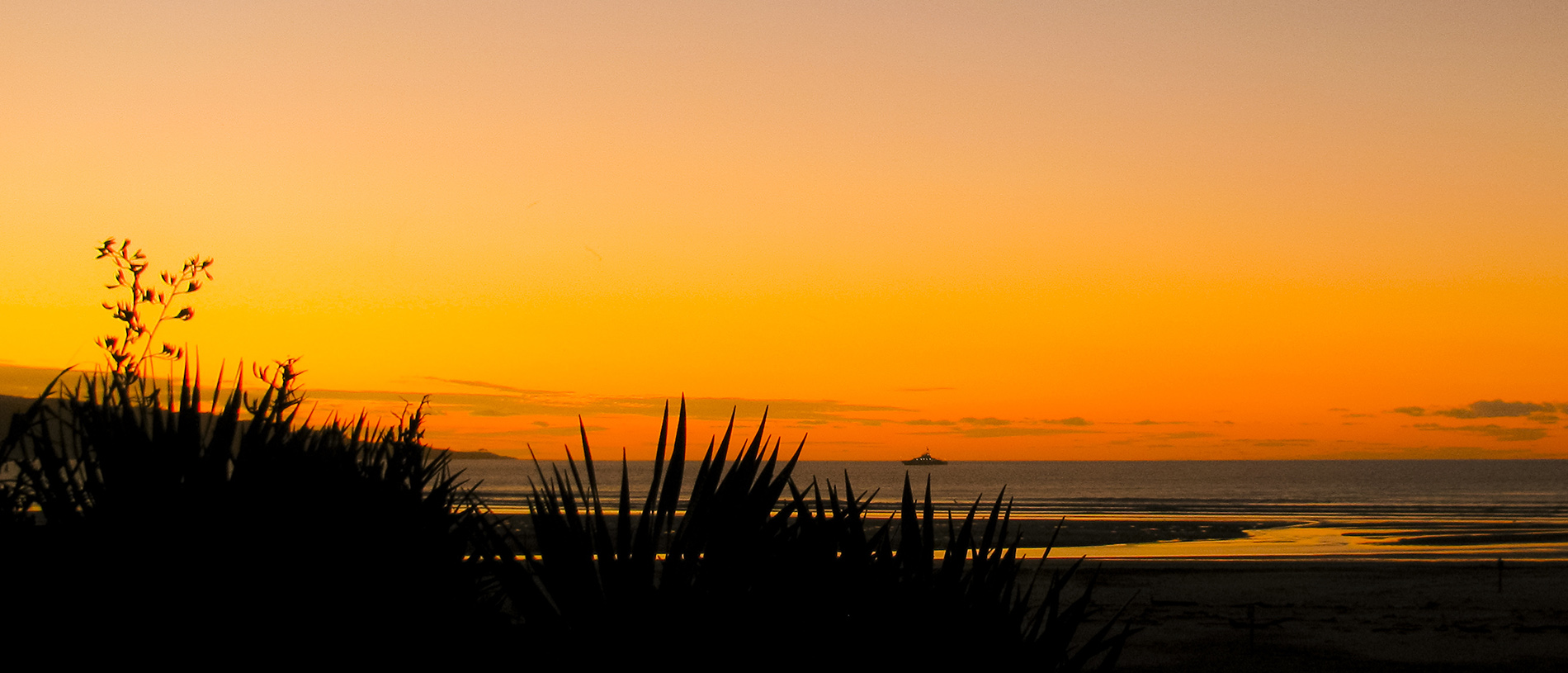
Cape Rēinga: where two oceans meet
Witness the majestic power of nature as the mighty Pacific Ocean and Tasman Sea collide.

Perhaps you’ve arrived in Kaitāia at the apex of travelling the Twin Coast Discovery Highway, or perhaps you’re travelling to Cape Rēinga.
Quite frankly, you’d be mad if you didn’t make the 20-minute detour to Ahipara, out on the west coast.
The little settlement of Ahipara is at the southernmost extremity of the matchless Ninety Mile Beach. The name, meaning ‘sacred fire’, was bestowed by Te Rarawa whose ancestral waka, the Tinana, made landfall here.
After European settlement, Ahipara was home to 2000 people, at the height of the industry that sprang up around kauri gum as an export commodity.
When worldwide demand for kauri gum tailed off in the 1950s, Ahipara became one of Northland’s best-kept secrets, known to a few beachcombers who maintained picturesque, ramshackle baches here and, of course, to the surfing community. More recently, stylish, modern housing is beginning to jostle with the old baches overlooking the Tasman Sea. The secret is getting out.
To the left of the settlement and beneath the towering sand dunes of the Tauroa Peninsula, is Shipwreck Bay, a world-class surf break, receiving a great, rolling swell from the Tasman that peels along Reef Point and polishes up beautifully whenever it blows from the southerly quarter.
Shipwreck’s name is a mournful memento of the many wrecks that have occurred along this stretch of coastline, as vessels caught on its long, inhospitable lee shore sought the minimal shelter of the bay, only to be driven ashore by wild westerlies. The remains of one wreck, the Favourite, can still be seen at low tide.
You’ll probably want to stick around in Ahipara. Accommodation ranges from a campground to several bed and breakfast establishments, while some bach owners are willing to rent you their slice of paradise, too.
There’s a heap to do here: swimming and surfing, of course, and foraging for kaimoana – especially delicately flavoured tuatua in the shallows – but there’s also quad biking, surfcasting, horse riding, land yachting and exploring the Ahipara Gumfields Scenic Reserve, where the remnants will give you some idea of the hardships endured by those doughty pioneers. You can do this on foot, or by tagging along on a guided quad bike tour.
Or, of course, you can simply sit back on the deck in the evening and contemplate the splendours of the sunset – sacred fire indeed.